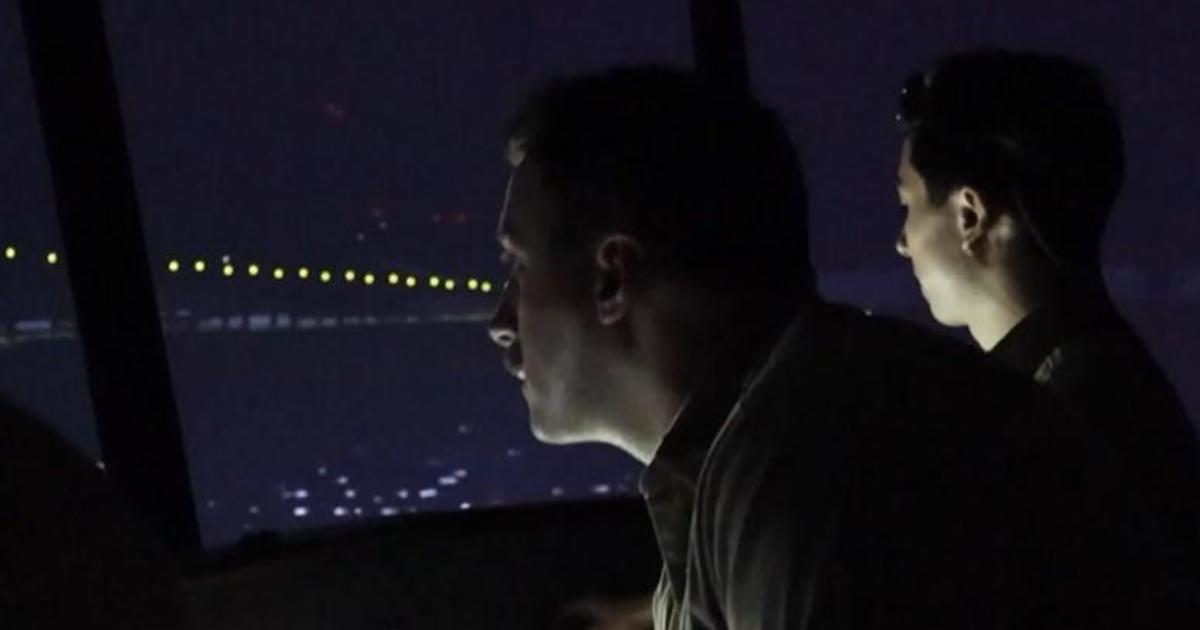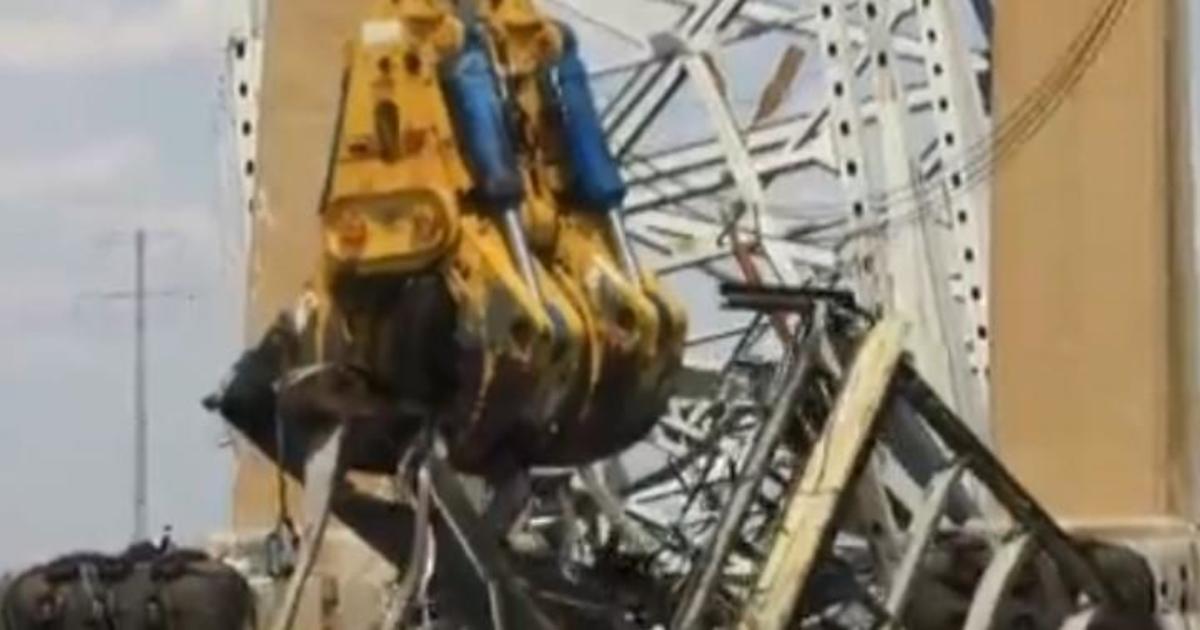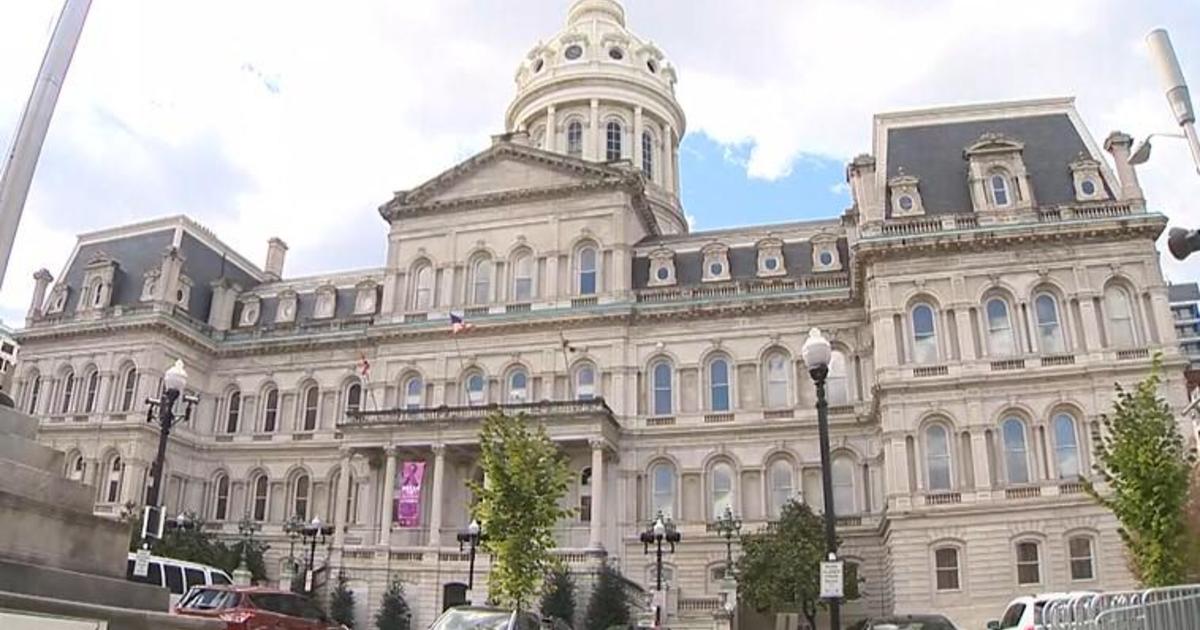Baltimore City Council honors Key Bridge first responders as crews work around the clock on recovery efforts
BALTIMORE - The Key Bridge Unified Command is making progress in removing some of the 4,700 containers from the Dali, the cargo ship that slammed into the bridge almost two weeks ago.
They started lifting them over the weekend and will continue doing so throughout the week weather permitting.
Their next step is removing heavy pieces of the bridge that are on top of the ship.
The U.S. Army Corps of Engineers said the 50,000 tons of steel and concrete debris is the equivalent of 3,800 fully loaded dump trucks.
In addition, responders are continuing to look for victims. Three bodies of construction workers who were filling potholes on the bridge when it fell remain in the Patapsco River.
The body of Maynor Suazo Sandoval was pulled from the water on Friday. He leaves behind a teenage son and a 5-year-old daughter and grieving loved ones in Honduras.
"You want this tragic incident to be a reminder for immigrants and others who are working these dangerous jobs to look out for themselves and to make sure their working conditions are safe," his brother told CBS News.
Maryland's senators continue to press for full funding to rebuild the bridge.
Monday evening, the Baltimore City Council honored the first responders—fire, police and 911 dispatchers—for their heroic efforts.
"You have worked tirelessly, and you've demonstrated remarkable teamwork, skill and compassion," Baltimore City Fire Chief James Wallace said at the ceremony. "Yet today, we must remember that we continue to mourn those who lost their lives as well as pray for those who are still missing but will soon be found."
Baltimore City Council President Nick Mosby recalled heading to the scene shortly after the bridge collapsed and seeing firefighters and dive teams working selflessly to rescue victims.
"I wasn't jumping in and out of water that was freezing and had a tide and a current that you could only see 6 to 12 inches in front and have no idea what I'm looking for," Mosby said. "I didn't necessarily have access to sonar at that time. You know what I did have access to? It was their hearts. It was what they were trained to do."
Mosby told the first responders, "You have a job where you don't just sit back, but you run toward danger."




